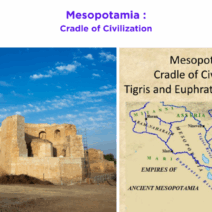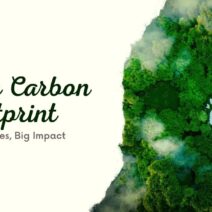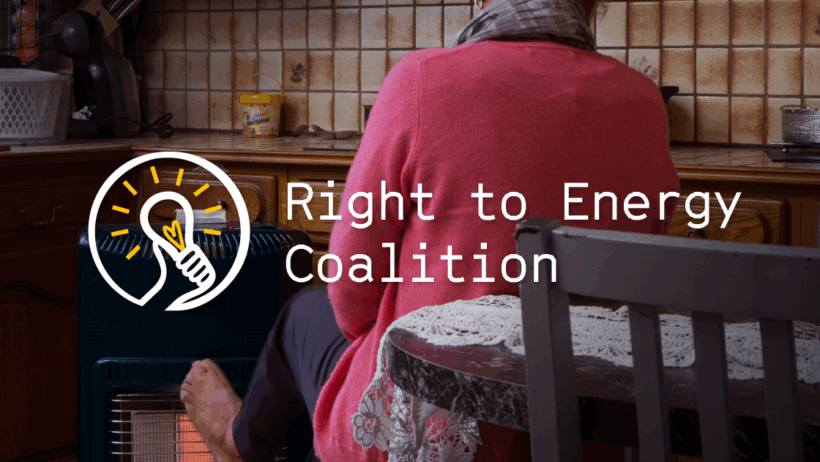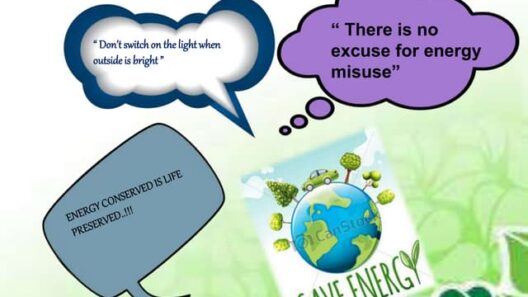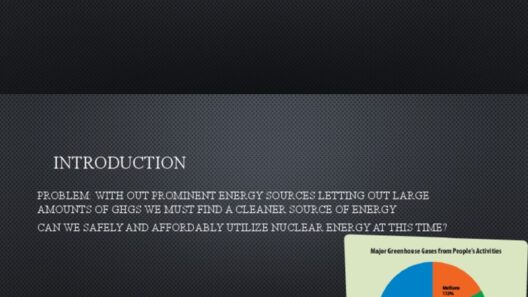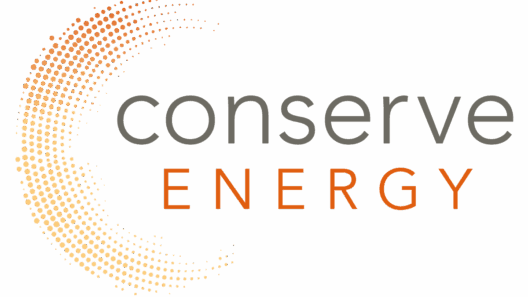The intricate web of energy conservation and poverty illustrates a profound socio-economic dilemma that envelops our modern world. Energy, a vital component of our daily lives, symbolizes not just power in the physical sense but also embodies opportunity, stability, and advancement. However, an increasing number of individuals find themselves ensnared in a cycle where energy deprivation exacerbates their poverty, perpetuating a cycle of disadvantage and negation.
To truly appreciate the connection between energy conservation and poverty, one must first consider the concept of energy poverty. This term describes a condition where a segment of the population lacks sufficient access to reliable and affordable energy services. Those afflicted by energy poverty often reside in rural or marginalized urban areas, where energy infrastructure is scant or prohibitively expensive. The paradox emerges when we recognize that efforts to conserve energy can further marginalize these communities, leaving them to compete for resources that seem ever more elusive.
As a reality, energy poverty locks individuals in a figurative icehouse, where warmth and light are mere dreams, perceptible yet unattainable. Without energy, the prospect of higher education diminishes, as unlit homes limit study hours. The chilling gap between the privileged and the not-so-privileged grows wider, often crystallizing into a divide that obstructs social mobility. For families living in energy-poor conditions, the struggle is compounded by exorbitant utility bills, thereby relegating them to a relentless cycle of debt and despair.
Energy efficiency programs often embody an optimistic vision, proposing to reduce consumption while promoting sustainability. Yet, for lower-income households, such programs can seem like a distant star, shining brightly in a world of shadows. When energy-saving measures such as insulation, energy-efficient appliances, or renewable energy installations are proposed, the initial costs frequently overwhelm households struggling to make ends meet. The situation becomes a quintessential example of the immediate needs clashing with long-term benefits, prompting many to forego energy conservation efforts entirely.
Moreover, energy conservation also entails a substantial change in lifestyle. For many individuals grappling with poverty, the notion of switching to energy-efficient lightbulbs or adjusting thermostatic settings translates into a burdensome obligation rather than a choice. Thus, the challenge lies in creating a paradigm where energy conservation is not perceived as a burden but rather as a liberating measure that allows access to broader opportunities. Within this framework, innovation in energy technology assumes an emergent role, ideally designed to benefit not just the affluent but also the economically disadvantaged.
Education emerges as a linchpin. Until communities are equipped with knowledge about the advantages of energy conservation, skepticism will persist. Awareness campaigns that emphasize the tangible benefits of saving energy—both financially and environmentally—can potentially empower low-income households to transform their energy consumption behavior. This empowerment, akin to providing a compass in a foggy landscape, can guide individuals toward a more sustainable existence without the weight of financial strain dictating their choices.
In contemplating the social dimensions of energy conservation, one must not overlook the interconnectedness of energy demands and broader societal issues. When energy is utilized wisely, the cumulative effect can benefit both the individual and the community. For example, reducing energy consumption can ultimately lower demand, leading to decreased prices at the consumer level. Such a phenomenon creates an environment where energy is more accessible to all, inadvertently stimulating economic growth. Hence, energy conservation transcends a mere fiscal approach, evolving into a community-oriented strategy that bolsters collective resilience.
Nevertheless, the path to integration is fraught with obstacles. Infrastructure investments that facilitate renewable energy among lower-income communities often face systemic barriers. Governmental support plays a critical role; incentives, rebates, and funding specifically designed for economically disadvantaged neighborhoods can usher in a meaningful transformation. Collaborative efforts—where federal and local governments partner with non-profit organizations—manifest as potent mechanisms for amplifying energy conservation initiatives that address the ingrained disparities within society.
Interestingly, the narrative of energy conservation can be likened to the narrative of the phoenix rising from the ashes. As communities engage with energy-saving technologies and practices, they possess the capacity to emerge revitalized. Not only do they find personal relief from excessive energy expenditure, but they also forge connections with one another, nurturing a sense of belonging and camaraderie in their collective pursuit of sustainability.
The instrumental role of social equity cannot be overstated. An equitable approach to energy conservation recognizes and honors the unique needs of each community, tailoring solutions that resonate with local context. It sends a clear message that energy is not a privilege reserved for the fortunate few but a right intended for everyone. Fostering an inclusive dialogue ensures that marginalized voices contribute to the design of energy programs, thereby enhancing their effectiveness.
Ultimately, the social side of saving energy necessitates a broader understanding of energy as a societal resource. Those seeking change must champion policies that dismantle the barriers hindering lower-income populations from accessing affordable and reliable energy options. As communities begin to prioritize energy conservation, they not only alleviate immediate burdens but also set the stage for long-term enhancements to their quality of life. The fusion of energy savings and social progress ushers in a new, hopeful era, reminiscent of dawn breaking over a darkened horizon.
In summation, the intersection of energy conservation and poverty encapsulates the complexities of modern living. To emerge from the shadows, energy conservation must be framed as a collective challenge, one that seeks to harmonize efficiency with equity, thereby knitting a cohesive fabric of resilient communities ready to embrace a sustainable future.
